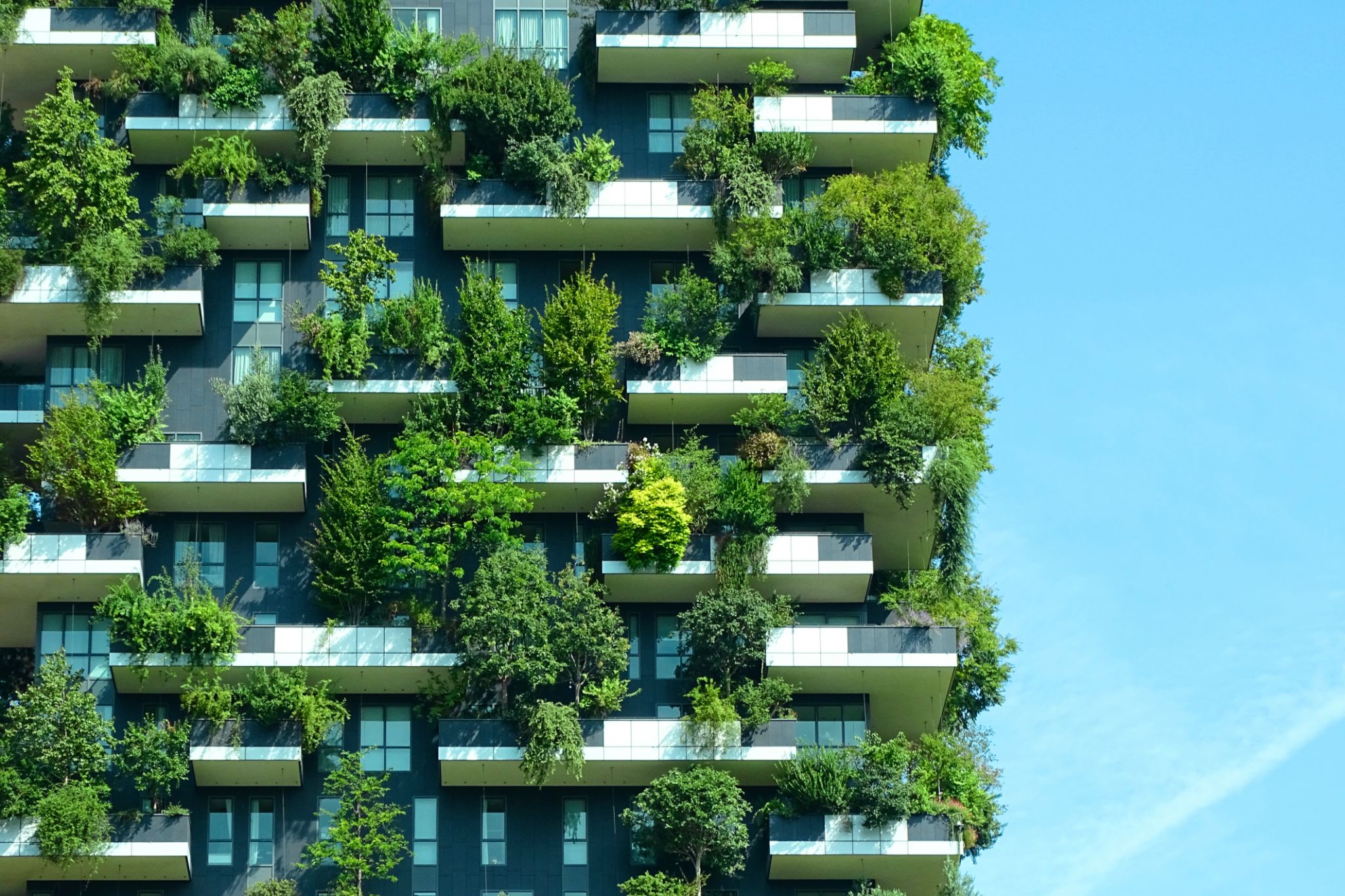Seasonal Architectural Trends: How Visualization Enhances Design
The Rise of Seasonal Architectural Trends
Architecture is an ever-evolving field, with trends that shift and transform in response to cultural, technological, and environmental influences. One fascinating aspect of modern architecture is the emergence of seasonal trends, which allow for dynamic and adaptive designs. These trends not only reflect the changing seasons but also incorporate sustainable practices, enhancing both aesthetics and functionality.
The concept of seasonal architectural trends explores how designs can be optimized to suit different times of the year. This approach provides architects and designers with the opportunity to create spaces that are visually appealing, comfortable, and environmentally friendly. Whether it’s through the use of materials, colors, or structural elements, these trends are reshaping the landscape of contemporary architecture.

The Role of Visualization in Architecture
Visualization is a powerful tool in the world of architecture. It offers a window into the future, allowing architects to envision their designs before they are brought to life. This capability is especially crucial when dealing with seasonal architectural trends, as it enables designers to experiment with different ideas and see how they will interact with various environmental factors.
Through advanced visualization techniques, such as 3D modeling and virtual reality, architects can simulate how light interacts with spaces at different times of the year. This insight helps in optimizing natural light use, reducing energy consumption, and enhancing the overall experience for occupants. Visualization thus becomes a cornerstone in creating seasonal designs that are both innovative and sustainable.

Benefits of Visualization in Seasonal Design
The integration of visualization in seasonal architectural design offers numerous benefits:
- Enhanced Aesthetic Appeal: By previewing different design elements, architects can craft visually stunning spaces that reflect seasonal changes.
- Improved Energy Efficiency: Visualization helps in identifying the best ways to harness natural resources, such as sunlight and wind, reducing reliance on artificial systems.
- Greater Adaptability: Designers can create flexible spaces that adapt to seasonal variations, ensuring comfort throughout the year.
Moreover, visualization tools provide a platform for collaboration between architects, clients, and stakeholders. This collaborative approach ensures that all parties have a clear understanding of the project’s vision and goals.

Implementing Seasonal Trends in Design
To effectively incorporate seasonal trends into architectural designs, several strategies can be employed. Firstly, choosing materials that respond well to weather changes is crucial. For instance, using materials with high thermal mass can help regulate indoor temperatures naturally.
Another strategy involves designing adaptable spaces that can be reconfigured according to seasonal needs. This might include installing movable walls or modular furniture that can be adjusted for different uses throughout the year. Additionally, incorporating elements such as green roofs or vertical gardens can enhance insulation while providing a connection to nature.
The Future of Seasonal Architecture
As technology continues to advance, the potential for seasonal architecture to evolve further is immense. With the integration of smart systems and IoT devices, buildings will become even more responsive to environmental changes. These innovations will allow for real-time adjustments, optimizing energy use and enhancing comfort levels.
The trend towards seasonal architecture not only reflects a growing awareness of sustainability but also a desire for spaces that offer more than just shelter. By embracing these trends and utilizing visualization tools, architects can create environments that are as dynamic and diverse as the seasons themselves.

